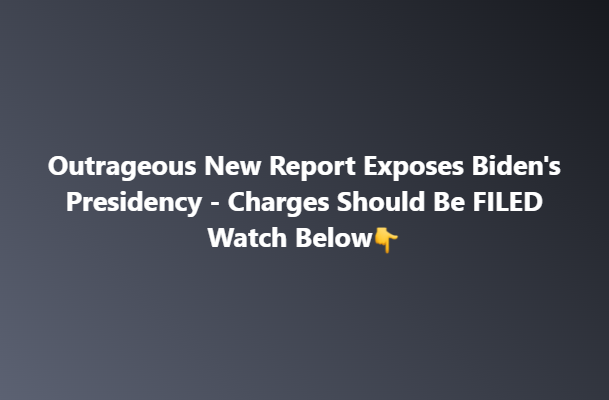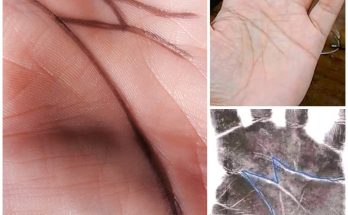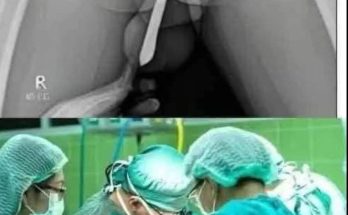A report released late last week indicates that President Joe Biden was shielded by those in his inner circle who recognized his struggles in office. According to The New York Times, Biden’s aides observed a noticeable change in him compared to previous years and endeavored to support him as effectively as possible.
The report noted, “Those closest to President Biden were acutely aware of his transformation. He spoke more slowly than he had a few years prior, required assistance to rise from his seat in the presidential limousine, and exhibited a hesitant walking style.”
In 2022, his longtime aide, Mike Donilon, reportedly informed the president that his “greatest challenge is the perception of age.” However, despite this counsel, the president remained resolute and defensive, ultimately deciding to announce his candidacy for reelection in 2023 without prior consultation with his aides or family, as reported by The Times.
During an interview with USA Today on January 5, the president admitted uncertainty about his ability to serve another term in the White House, stating, “Who knows what I’m going to be when I’m 86 years old?”
The Times further reported that aides were increasingly aware of his physical vulnerabilities, more so than they had publicly acknowledged. They collaborated, as revealed through interviews with over two dozen aides, allies, lawmakers, and donors, to manage his decline.
To ensure Mr. Biden was in a more favorable mood, they adjusted meeting schedules—a strategy described by one close associate as a general approach for managing any president. At times, they withheld certain information from him, including unfavorable polling data, while deliberating on the most effective way to present it. Additionally, they accompanied him closely when he moved from the White House to the presidential helicopter on the South Lawn to prevent news cameras from capturing his unsteady movements.
Mr. Biden was required to utilize a teleprompter even for minor fundraising events held in private residences, which caused concern among donors who were instructed to submit their questions in advance. Additionally, there were plans to replace the traditional grand staircase used by presidents to board Air Force One with a more compact set of steps that would lead directly into the aircraft’s interior. The administration reprimanded White House correspondents for their coverage regarding the president’s age. Memos were personally delivered to Mr. Biden, outlining social media posts that campaign staff had encouraged allies to create in order to counteract negative articles and polling data.
According to The Times, there were “six key individuals” who shielded the president from critical examination. These included First Lady Jill Biden, his eldest son Hunter Biden, Donilon, presidential counselor Steve Ricchetti, Deputy Chief of Staff Annie Tomasini, and the first lady’s senior aide, Anthony Bernal.
Biden’s presidency has been characterized by controversy and personal setbacks; however, he appeared to endure one last indignity before handing over the White House to President-elect Donald Trump. During his final farewell address to the nation last week, cameras captured him sitting on a cushion while at the Resolute Desk, as reported by the New York Post.
Images taken from just outside the Oval Office depicted the 82-year-old president with a small pillow positioned between him and the seemingly rigid leather chair. As the oldest-serving U.S. president, he has often faced challenges related to balance, stamina, and mental acuity—evident in instances such as stumbling on the steps of Air Force One or making errors during speeches, frequently accompanied by gaffes and coughing fits. The photographs also showed an emergency tissue box and a glass of water placed to Biden’s right, out of sight from the front-facing cameras broadcasting his address to the nation.



